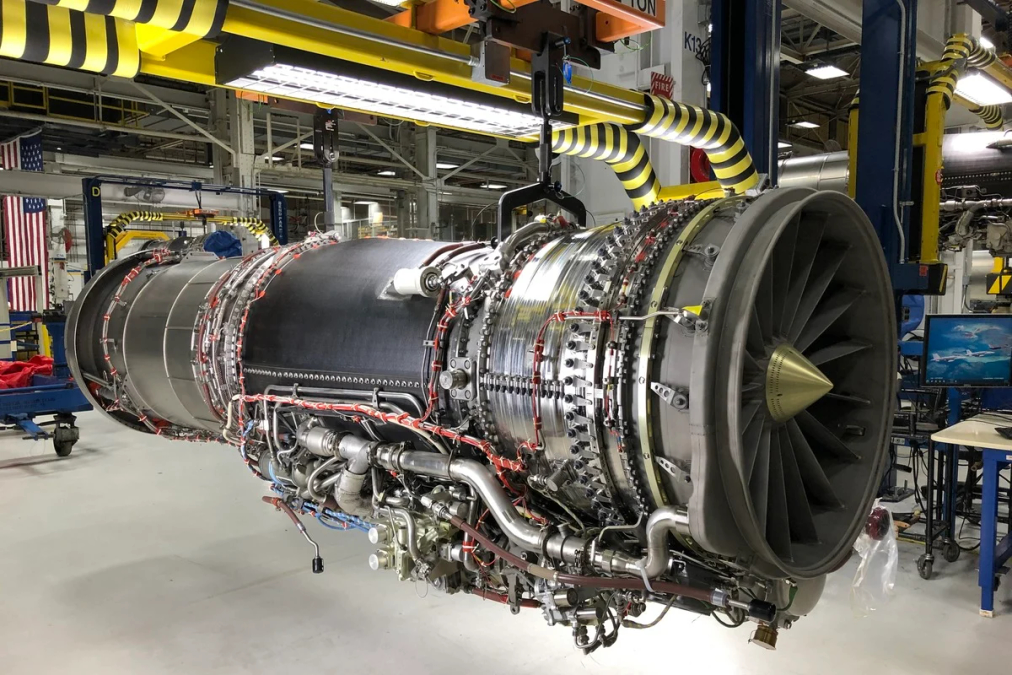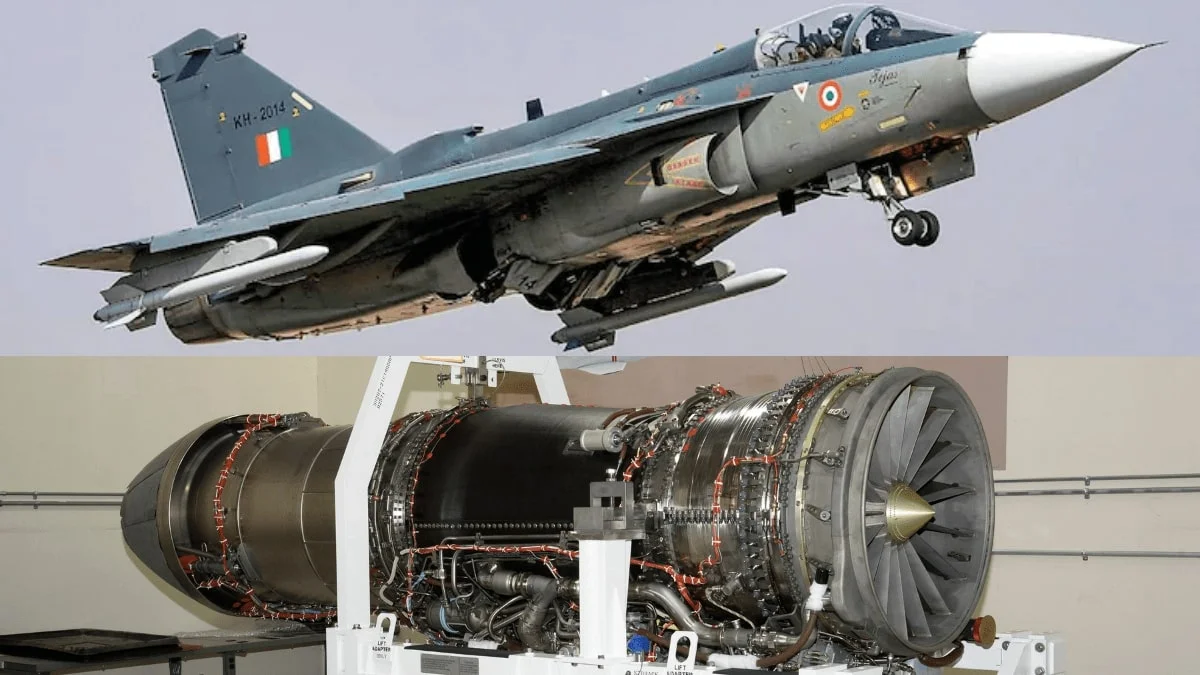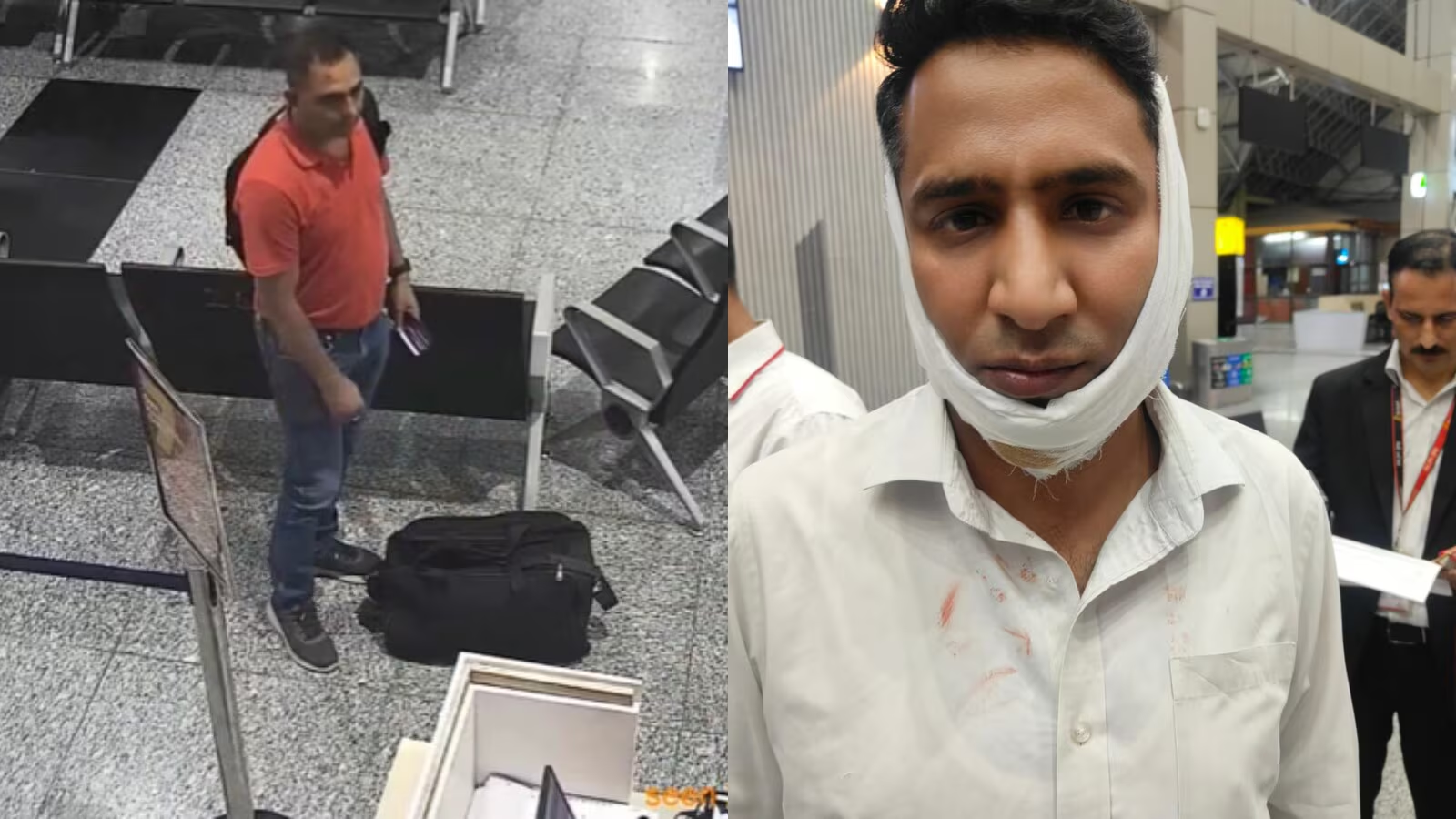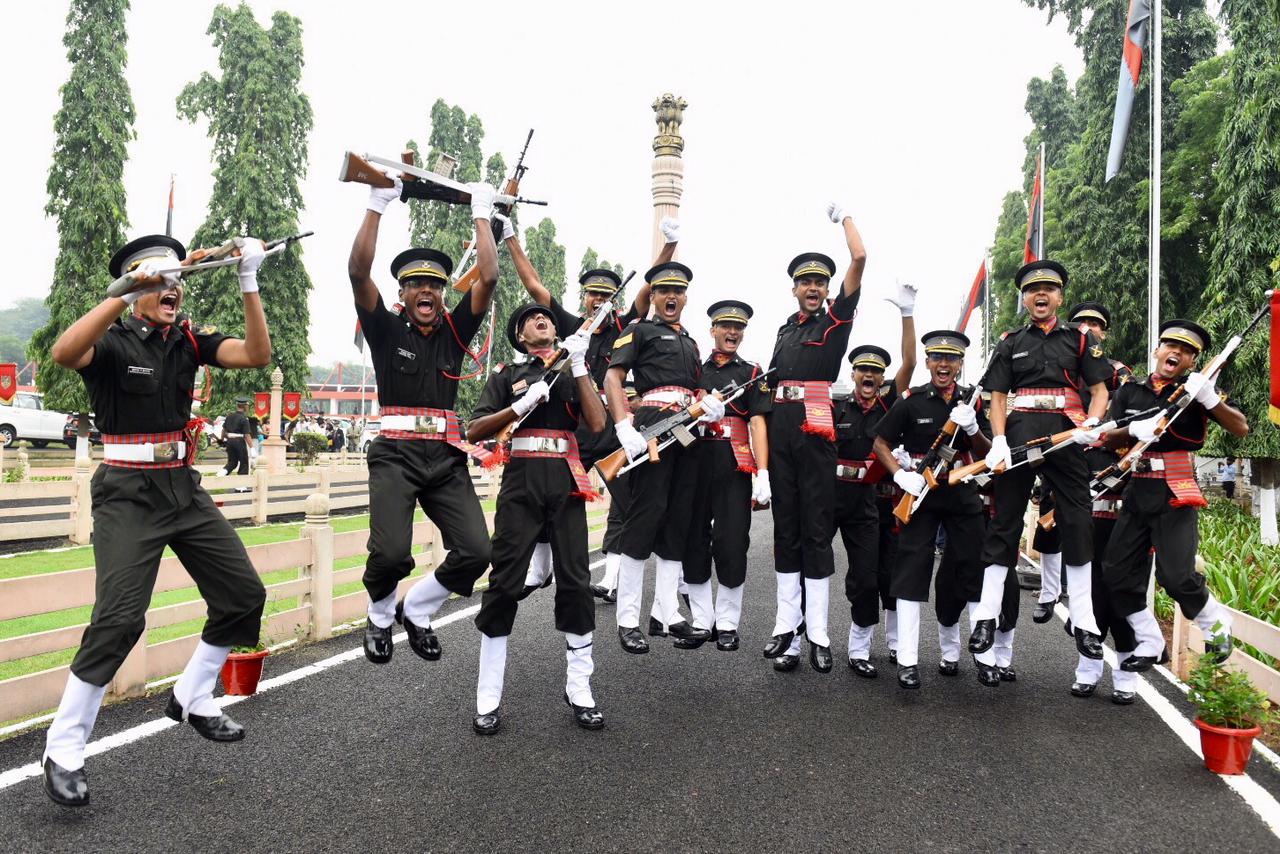DRDO Set to Seek CCS Approval for Indigenous 120 kN Jet Engine Project with Full Safran Tech Transfer
The Defence Research and Development Organisation (DRDO) is gearing up to approach the Cabinet Committee on Security (CCS) for approval…
Balidan Badge vs MARCOS Badge – The Real Difference
In the elite echelons of the Indian armed forces, insignia like the Balidan Badge and the MARCOS Badge represent more…
India, US Near $1 Billion Tejas Jet Engine Deal Amid Tariff Tensions
India and the United States are close to finalising a landmark defence agreement worth over USD 1 billion for the…
Army Officer Who Assaulted SpiceJet Staff at Srinagar Airport Put on No-Fly List for 5 Years
A senior Indian Army officer of Lieutenant Colonel rank, who allegedly assaulted SpiceJet staff at Srinagar airport on July 26,…
Navy MARCOS Training: Inside India’s Most Dangerous Commando Course
In the shadowy depths of India's maritime defense, the Marine Commandos, or MARCOS, represent the pinnacle of elite warfare training.…
CDS 1 2025 (OTA) SSB Interview Dates Out
The Indian Army has opened the date selection link for candidates shortlisted for SSC(NT)-123 and SSCW(NT)-37 courses, scheduled to commence…






